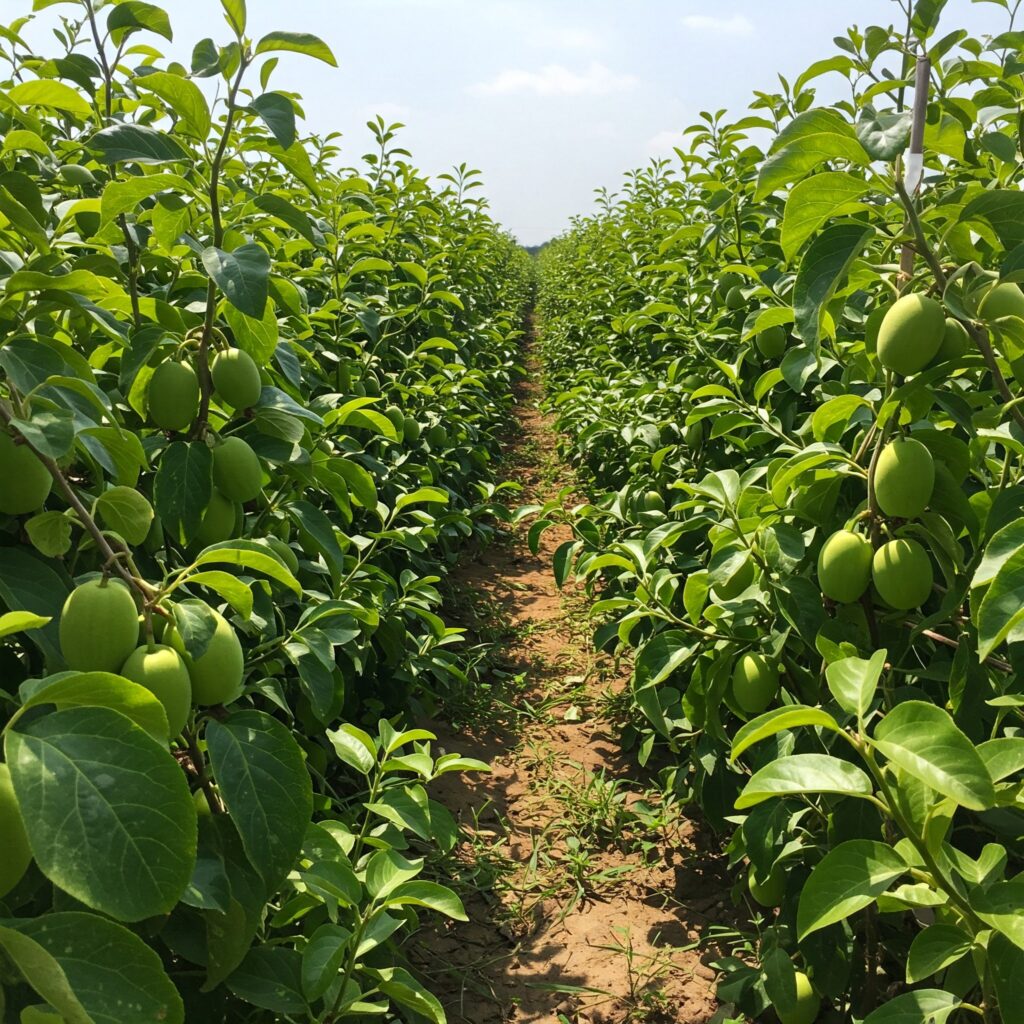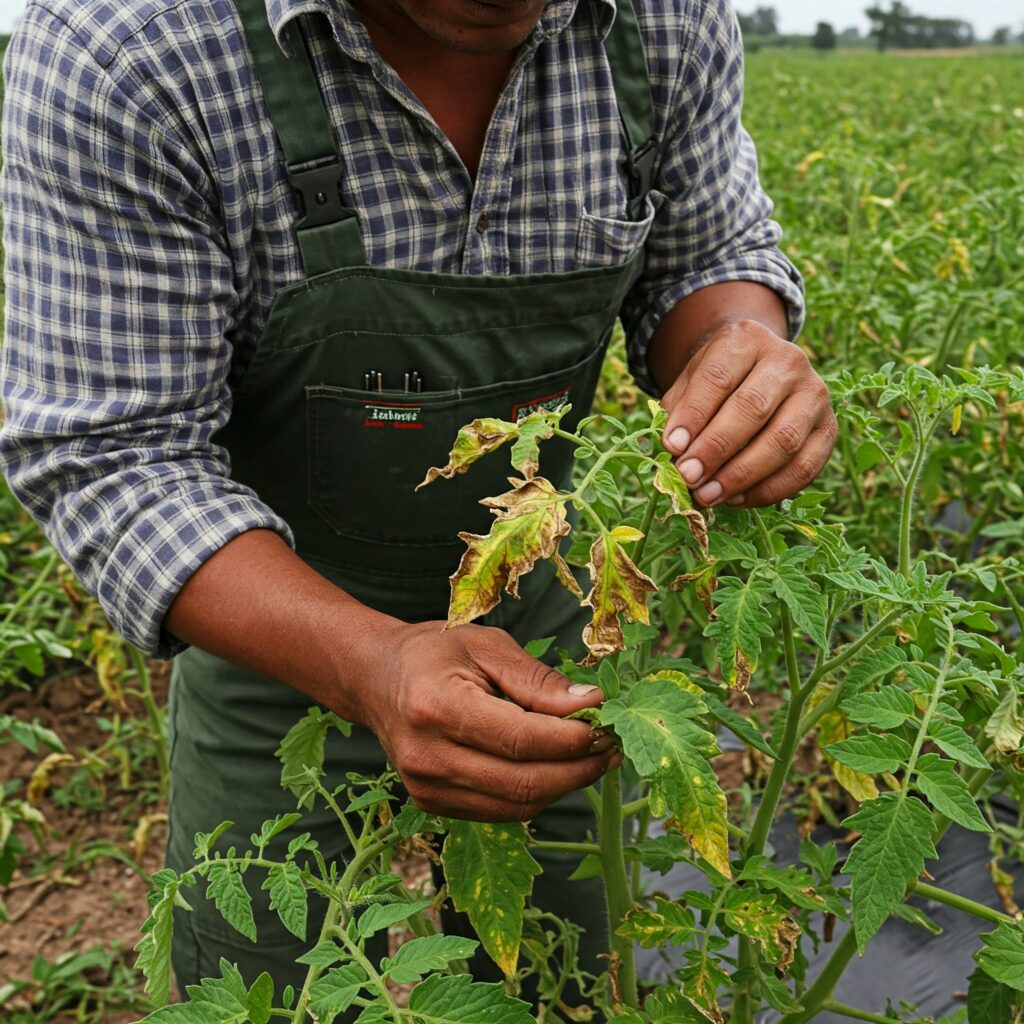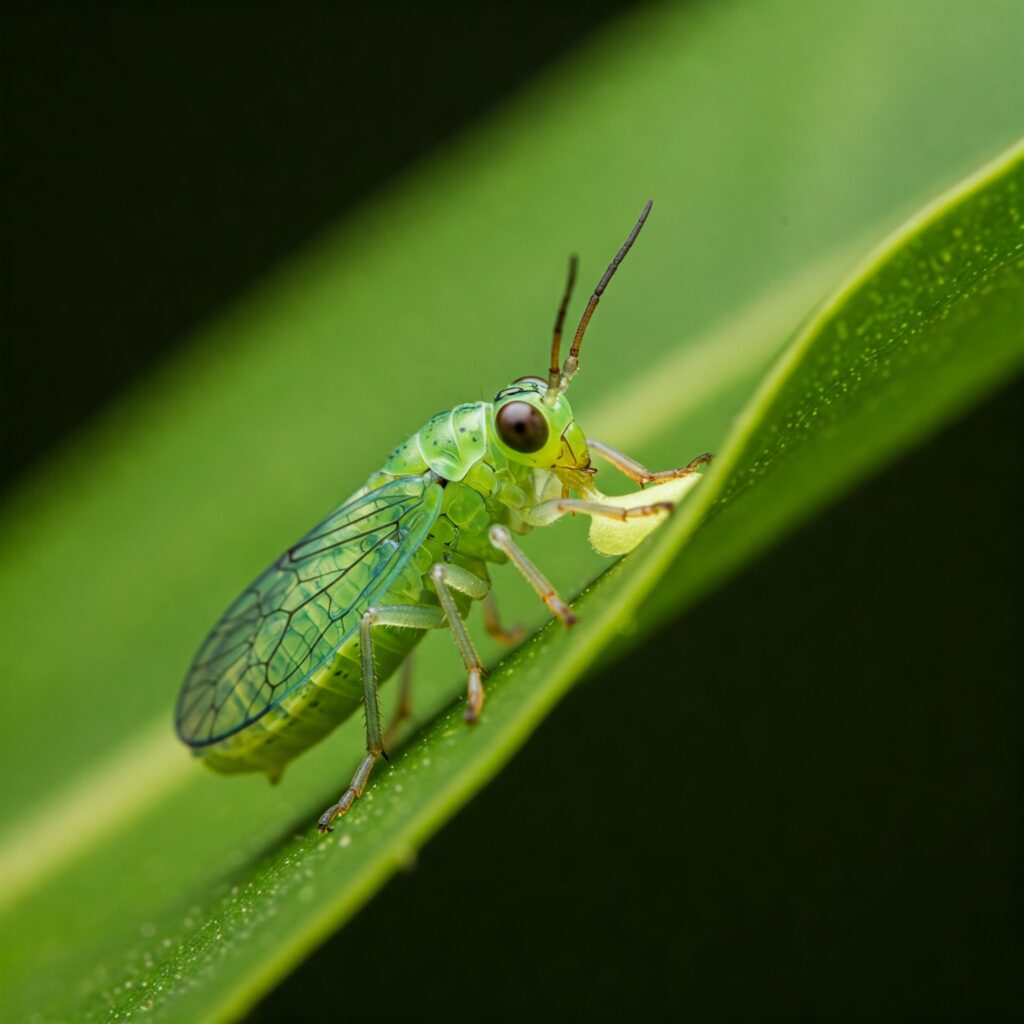Mosaic virus is not a single pathogen but a diverse group of viruses that share the characteristic of inducing a distinctive mosaic pattern on the leaves of a wide range of cultivated and ornamental plants. This variegation, which alternates areas of light green or yellow with areas of normal green, is just one of the symptoms these viruses can cause. Foliar deformations, curling, blistering, stunted growth, reduced flower and fruit production, and a general decrease in crop quality are also common manifestations. Given the ease with which these viruses can spread and persist in the environment, implementing robust prevention and management strategies is essential to safeguard the productivity and profitability of agricultural systems.

Unveiling the Enemy: Nature, Transmission, and Impact of Mosaic Virus
The Hidden Diversity: Understanding the Mosaic Virus Family
The term “mosaic virus” encompasses several genera and species of viruses, each with a specific host range and particular transmission mechanisms. Some of the most relevant mosaic viruses in agriculture include:
- Tobacco Mosaic Virus (TMV): One of the most studied plant viruses, it affects a wide range of solanaceous plants (tobacco, tomato, pepper, eggplant), as well as cucurbits and other families.
- Cucumber Mosaic Virus (CMV): With an even broader host range, it affects cucurbits (cucumber, squash, melon), solanaceous plants, legumes, and many other species.
- Lettuce Mosaic Virus (LMV): Primarily affects lettuce and other asteraceous plants.
- Bean Common Mosaic Virus (BCMV): Specific to common beans (Phaseolus vulgaris) and other legumes.
Each of these viruses has unique genetic and molecular characteristics, which influence their symptoms, mode of transmission, and the most effective management strategies.

Silent Routes of Infection: Transmission Mechanisms of Mosaic Virus
The spread of mosaic virus can occur through several mechanisms, underscoring the importance of implementing multiple protective barriers:
- Insect Vectors: Many mosaic viruses are efficiently transmitted by sap-sucking insects, such as aphids, whiteflies, and thrips. These insects acquire the virus by feeding on infected plants and then transmit it to healthy plants during their subsequent feedings. Transmission can be persistent (the virus replicates within the insect) or non-persistent (the virus adheres to the insect’s mouthparts and is transmitted rapidly).
- Mechanical Contact: The virus can be easily transmitted by mechanical contact between infected and healthy plants. This can occur during cultivation tasks such as transplanting, pruning, staking, or harvesting if tools or workers’ hands are contaminated with sap from infected plants.
- Contaminated Seeds: Some mosaic viruses can be transmitted through the seeds of infected plants, leading to the appearance of diseased plants from the early stages of growth.
- Grafting: The use of infected grafting material can introduce the virus into healthy plants.
- Weeds: Certain weeds can act as virus reservoirs, harboring the pathogen without showing severe symptoms and serving as a source of infection for crops.
Hidden Consequences: Impact of Mosaic Virus on Agricultural Productivity
The impact of mosaic virus on crops can be significant and multifaceted:
- Yield Reduction: Viral infection often leads to stunted growth, reduced flower production, and poor fruit set, resulting in a substantial decrease in total yield.
- Quality Decrease: Fruits may exhibit deformations, irregular ripening, spots, or changes in color, reducing their commercial value. In leafy crops, such as lettuce, the mosaic pattern can make the product unmarketable.
- Susceptibility to Other Stresses: Plants infected by mosaic virus may be more susceptible to other diseases and abiotic stresses, such as drought or high temperatures.
- Economic Losses: The combination of lower yield and reduced quality can lead to significant economic losses for farmers.

Comprehensive Prevention Strategies: Building a Protective Shield
Since there is no cure for plants already infected with mosaic virus, prevention is the most crucial strategy to protect crops. An integrated approach combining various tactics is the most effective way to minimize the risk of infection and spread:
- Rigorous Control of Insect Vectors: Implement an integrated pest management (IPM) program to control populations of aphids, whiteflies, and thrips. This may include:
- Regular monitoring: Use yellow sticky traps or inspect plants for the presence of vector insects.
- Biological control: Introduce natural enemies of aphids, such as ladybugs, lacewings, and parasitoids.
- Cultural control: Eliminate weeds that can serve as alternate hosts for viruses and vector insects. Use insect-proof screens in greenhouses and tunnels.
- Chemical control: Use selective insecticides responsibly and only when necessary, rotating chemical groups to avoid resistance.
- Hygienic Cultural Practices:
- Crop Rotation: Although not always completely effective against viruses with a broad host range, rotating with non-susceptible crops can help reduce overall pest and disease pressure.
- Weed Elimination: Keep fields and surrounding areas free of weeds that can harbor the virus or vector insects.
- Disinfection of Tools: Sterilize all pruning, transplanting, and harvesting tools (shears, knives, etc.) with a 10% bleach solution or 70% isopropyl alcohol between use on different plants to prevent mechanical transmission of the virus.
- Hand Washing: Workers should wash their hands with soap and water before and after handling plants, especially if they have been in contact with potentially infected plants.
- Careful Plant Handling: Avoid unnecessary contact between plants during cultivation tasks.
- Use of Resistant or Tolerant Varieties: Select and plant crop varieties that have been bred to show resistance or tolerance to the mosaic viruses prevalent in your region. Consult with seed suppliers and agricultural extension agents to identify the most suitable options.
- Production of Certified Virus-Free Seeds: Use only certified virus-free seeds to prevent the introduction of the pathogen from the beginning of the cultivation.
- Management of Infected Plants:
- Early Removal: As soon as plants with mosaic virus symptoms are identified, they should be carefully removed from the field or greenhouse and destroyed (burned or buried deeply) to prevent them from serving as a source of inoculum for the spread of the virus to healthy plants. Do not compost infected plants.
- Avoid Contact: When removing infected plants, be careful not to touch healthy plants with contaminated hands or tools.
- Control in Greenhouses:
- Insect-Proof Screens: Use fine mesh screens on windows and openings to prevent the entry of vector insects.
- Double Doors: Implement double-door systems to reduce insect entry into the greenhouse.
- Regular Disinfection: Regularly disinfect greenhouse surfaces, growing benches, and equipment.

Approaches to Management: Minimizing Impact Once Present
Once mosaic virus has infected plants, there is no treatment that can cure them. Management focuses on preventing spread to healthy plants and minimizing the impact on overall yield:
- Emphasis on Prevention: Reinforce the preventative measures mentioned above to protect plants not yet infected.
- Vector Control: Intensify measures to control insect vectors to limit secondary transmission of the virus.
- Continuous Removal of Symptomatic Plants: Continue to remove plants that develop symptoms to reduce the source of inoculum.
- Nutritional Management: Ensuring balanced nutrition for the remaining plants may help to partially mitigate the effects of the virus and maintain some level of productivity.
- Avoid Vegetative Propagation: Do not use vegetative material (cuttings, offshoots) from plants that have shown mosaic virus symptoms for propagation.
Conclusion: A Concerted Effort Against Mosaic Virus
Mosaic virus represents a significant challenge for agriculture, capable of causing substantial losses if not addressed proactively and systematically. The key to protecting crops lies in the implementation of comprehensive prevention strategies that encompass vector control, hygienic cultural practices, and the use of resistant varieties. Once infection occurs, early removal of diseased plants and preventing spread are the main management tools. Constant vigilance, worker education, and the adoption of a multidisciplinary approach are essential to minimize the impact of these insidious viruses and ensure the health and productivity of our valuable crops.
Keywords: Effective strategies to control mosaic virus in tomatoes, preventing mosaic virus in cucumbers through aphid control, bean varieties resistant to common mosaic virus, organic methods to prevent mosaic virus spread, disinfecting farm tools to avoid mosaic virus, early identification of mosaic virus symptoms in vegetables, integrated management of mosaic virus in greenhouses, the role of weeds in mosaic virus transmission, how to protect squash crops from mosaic virus.
 AgronoBlog – Agriculture Blog
AgronoBlog – Agriculture Blog 
